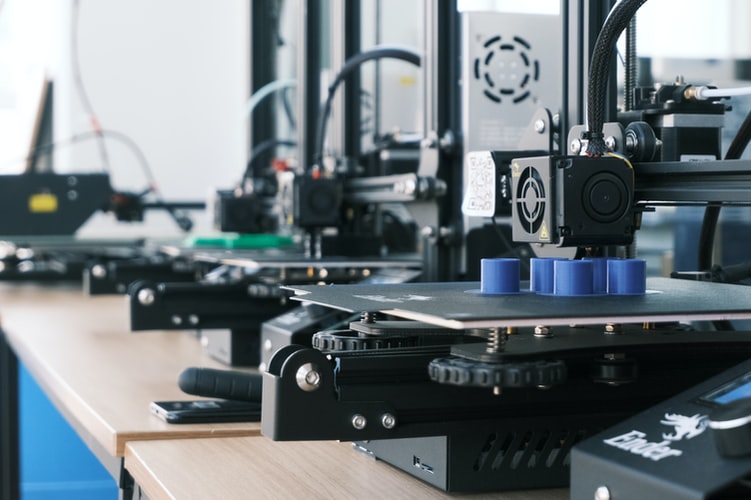TL;DR
3D – Printing, also known as additive manufacturing is the process of fabricating a product by adding material to it. This is different from conventional processes which use subtractive manufacturing, i.e. removing material from a big chunk to get the required shapes and sizes.
This field includes Digital Manufacturing, and then replicating those designs into real world objects with material of choice.
How is that achieved?
The cad design is modified so as to break divide it into very thin layers. The thickness of layers depends on the accuracy of print to be achieved, and also the type of printer used. Once modifications are made, those instruction are given via a computer to the 3D-Printer, which then prints the object layer by layer, adding material on top of the previous layer until the full object is printed.

How did I learn the skill?
My first introduction to 3D-Printers was done when I joined EnBioMetric Lab as an undergraduate research assistant during my 2nd year of Engineering. My starting project was to test groundwater purity levels in the villages adjoining the university, which quickly converted into another project whose aim was to make a fluid filter using a 3D Printed, after a survey and literature review.
Because the laboratory I was working in was heavily funded, it had different types of 3D – Printers: FDM, SLA, Bio-Printers to name a few. This was a wonderful opportunity to experiment on different machines, match and compare their properties, mechanism of printing and observing how the same object was printed differently by different printers.
The curiosity induced in those initial days was so much that I went on to work for the remaining time (3 years) during my undergrad to work on them and to finally invent a new technology using 3D Printers.
Subjects studied
- Materials Science in Engineering:
A unit of the entire course discusses the materials used in Rapid Prototyping processes. Not only are we made to understand the concepts relating to changes which the material undergoes while it is being processed in 3D-Printer, while the object is being printed and while the post-processing process, but also laboratory visits to make us see and feel how the different phases of same material exist in working conditions.
Grade Earned: A+ - Advanced Manufacturing Techniques:
Among others, Rapid Prototyping was a major theme of this subject. Not only were we exposed to different types of 3D – Printers, but also to other additive manufacturing techniques. Mechanisms, working and principles of different types of 3D – printers, but also their applications were studied in detail.
Grade Earned: A+
Certifications
The specialization contained the following Certified Courses affiliated with the University of Illinois at Urbana-Champaign:
- 3D- Printing Revolution
- 3D-Printing Applications
- Design Sketching for 3D-Printing